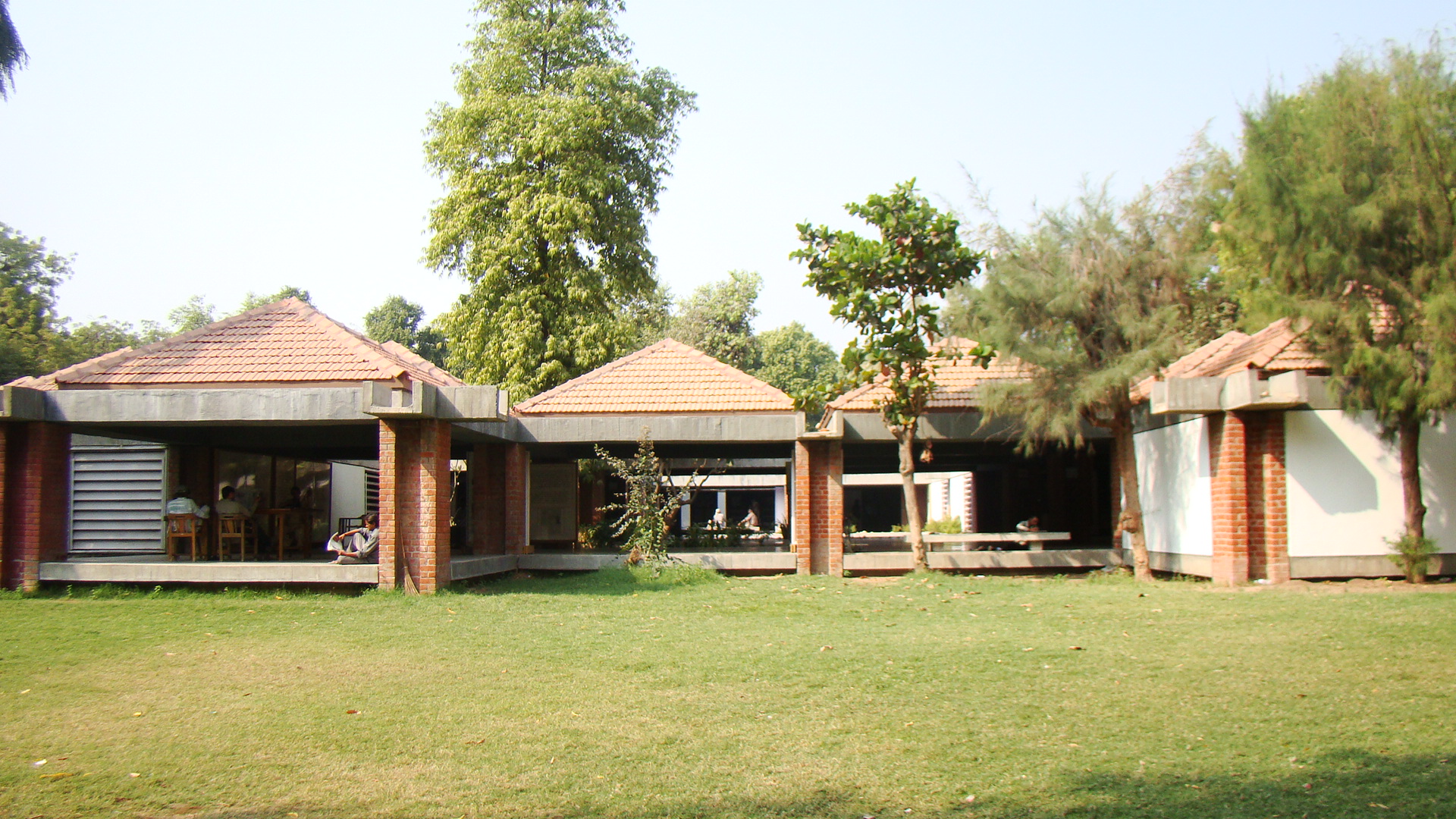Sabarmati Ashram
One of the epicenters of India’s freedom struggle, Sabarmati Ashram near Ahmedabad was the residence of Mahatma Gandhi and the laboratory for his experiments in truth and non-violence. Situated along the bank of the Sabarmati River, the Ashram was originally called the Satyagraha Ashram.
During his stay in South Africa, Gandhiji had set up two settlements – Phoenix Settlement and Tolstoy Farm – devoted to his principles of Satyagraha (passive resistance). After his return from South Africa, Sabarmati Ashram was conceived as an institution that would carry on the search for truth and train activists in non-violence to sustain the struggle for freedom. Gandhiji had achieved substantial success in his efforts to foster a new social construct based on truth and non-violence in South Africa and wanted to emulate it in India.
A place for pilgrimage for Gandhians and pacifists, the Ashram was set up at its present location by Gandhiji in 1917. The Ashram was originally established at Kochrab on May 25th, 1915. The Sabarmati Ashram is known by many names like Gandhi Ashram, Harijan (Child of God) Ashram and Satyagraha Ashram and is today known as the Gandhi Smarak Sangrahalaya.
One of the reasons for choosing the site was because of the legends associated with it. Locals believed that the ashram was the site of hermitage of sage Dadhichi, whose mortal remains were used to sculpt weapons for the Gods. Gandhi chose to establish his ashram on this site for fighting his righteous war against oppression and tyranny by the British.
During the 12 years, Gandhiji stayed there, the Ashram was the centre-stage of political activities. The satyagrah for Ahmedabad textile mill workers followed by Kheda Satyagraha were among the movements which were conceived at the Ashram. However, Dandi March or the Salt Satyagraha was the most important political battle conceived by Gandhiji.
It was from Sabarmati Ashram that Mahatma Gandhi marched at the head of 78 satyagrahis on March 12, 1930 to break the Salt Tax imposed by the colonial British. Gandhiji planned to break the law by manufacturing salt at the coastal village of Dandi, 390 km away. Gandhi wanted strict adherence to satyagraha and highest levels of discipline and hence; he chose recruited marchers from the ashram residents and not from Congress party. Gandhiji and his band of satyagrahis marched 23 days to cover the distance to Dandi. The Sabarmati Ashram has been declared as a national monument by the Government of India as it holds great significance. Hriday Kunj, Gandhiji’s living quarter, has been preserved as a small museum along with pictorial exhibits of major events in his life.



































